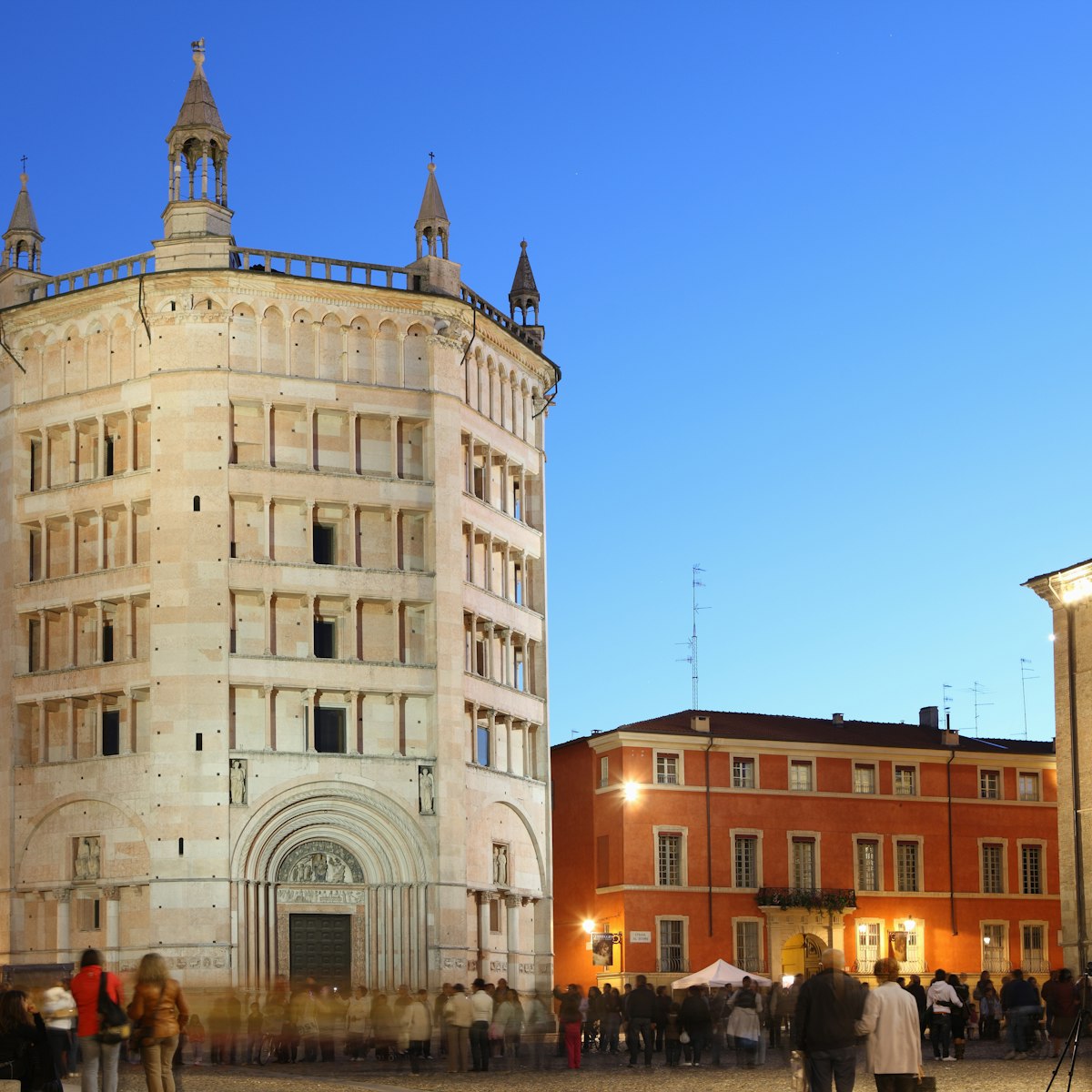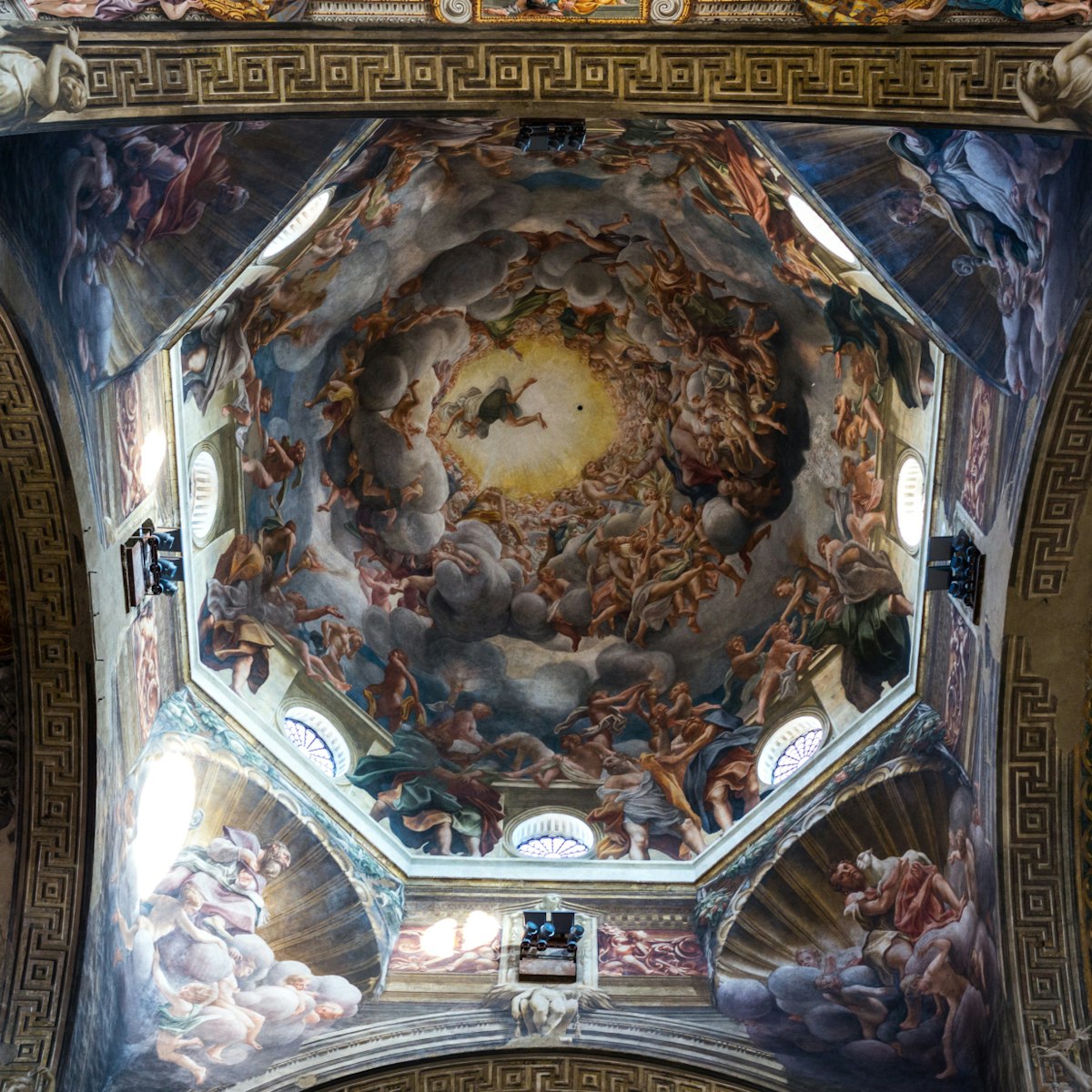Verdi's 56-room villa, where he composed many of his major works, is 5km northwest of Busseto. Verdi lived and worked here from 1851 onwards and literally willed it to remain just as he left it, leaving behind a fascinating array of furniture, personal artefacts and art, just as it was the day he passed. Guided visits through the five rooms open to the public (descendants of Verdi's second cousin still occupy the rest) start every 30 minutes.
The tour includes Verdi's cinematic man-made lake, which is shaped like a treble clef when viewed from above.


